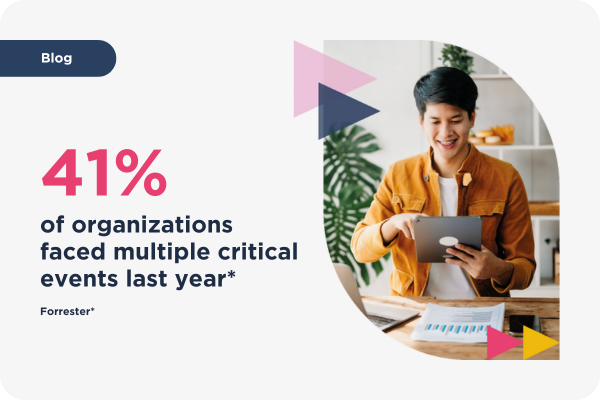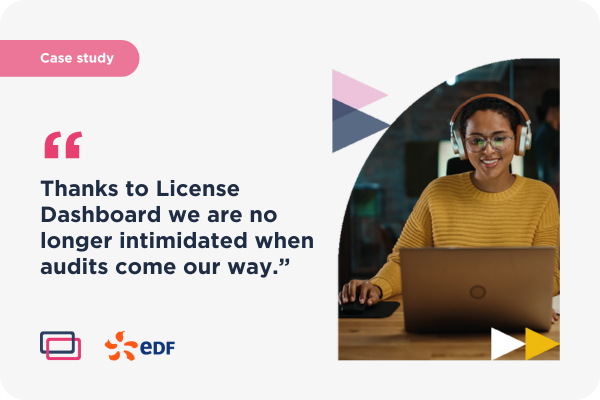We have seen many organizations struggle to take control of their software licenses due to not having the correct product, process, and people in place. Here, I discuss what is necessary to successfully manage an in-house SAM Program.
Software Asset Management challenges
Staying on top of software licenses is vitally important for three main reasons; compliance, spend and audits. Gartner states that there is 68% chance that your company will receive a software audit from at least one vendor in the next 12 months – a daunting prospect. If you are not prepared this could take up a lot of company time and resources to pull the requested information together, and worse yet, if you’re found to be non-compliant then you will face a hefty bill.
On the other hand, you could find that you are spending money that isn’t necessary if you are over licensed. Taking control of your software licenses will prepare you for an audit, start to save your organization money and enable you to move your SAM processes forward.
Technical components needed for in-house SAM
There are two fundamental technical components to run an effective Software Asset Management program in house;
1. Your Inventory Tool
This is the foundation of any SAM program. It is the collection of software consumption across your organization’s network. License Dashboard’s Dashboard Discovery can provide information around what software is installed on each device and server, but this doesn’t mean that it is presented to you in a clear format. Another part of the inventory equation is gathering your procurement data and proving the entitlement you own to use each piece of software. Some vendors will have a purchasing portal, but it is your responsibility to keep other forms of records such as invoices or order confirmations.
2. Your License Management Tool
This holds information from the two data sources we discussed above and enables reconciliation between them. Simple enough? The license management tool must be able to make sense of the confusing data provided by the inventory solution as well as support all licensing models offered by the different software vendors and product reports to show areas of risk or overspend.
Experience and expertise needed for in-house SAM
SAM is an extremely complex subject and to fully secure the benefits in-house License Dashboard recommends that organizations need a minimum of three roles to be fulfilled;
● Technical ITAM Specialist
● SAM Manager
● Licensing Expert
The ITAM specialists will ensure all data is being monitored by the discovery tool, analyse the information for discrepancies and identify opportunities for improvement. Then the SAM Manager will take the software consumption and the license entitlement the company owns and start to reconcile within your License Manager – as well as staying on top of budgeting, ensuring the company remains compliant and maximising the vendor contracts. Throughout the inventory and license management processes, the licensing experts will align the correct licenses with the software installed.
In-house SAM challenges
Most on premise SAM tools take six months to implement including the installation, training and the initial dictionary update; and as new versions come out, some of these processes will need to be done time and time again. We found that, once a license management tool is fully installed, 73% of SAM Managers spend their time in transactional tasks such as, compiling install and software data and auditing current license agreements. Which doesn’t leave much time to optimize the licenses they have in place and really start to save significant money, let alone move forward with new processes and keep up with industry standards.
Working with License Manager from License Dashboard helps to reduce the implementation time period by connecting to your own discovery tools such as SCCM, Landesk or vCenter. This vastly reduces the time spent configuring a new discovery tool across your network. Added to this, the advanced licensing automation provided by License Manager removes many of the manual tasks usually required of Software Asset Managers, saving time which can be spent on other business critical tasks.


























